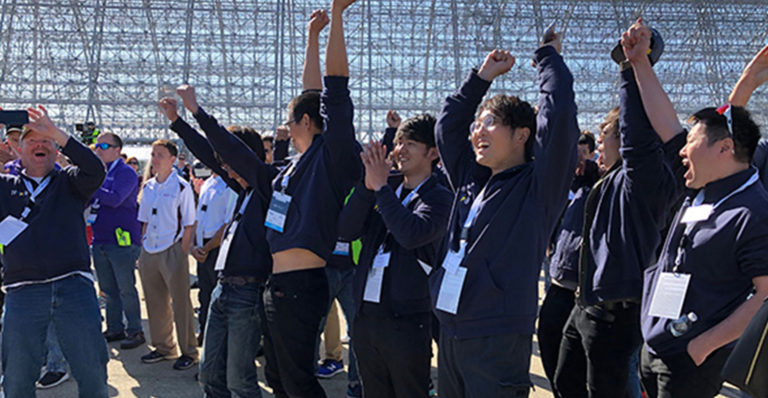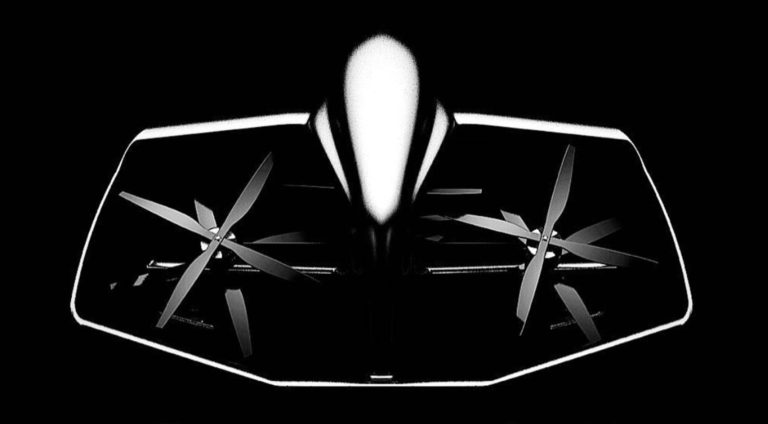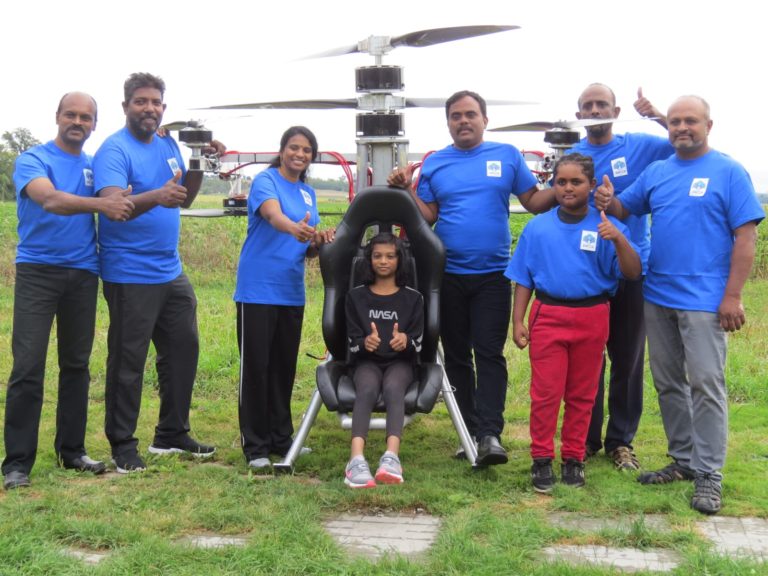Editor’s Note: We’re excited to introduce you to the innovative, bold, and talented individuals competing in GoFly. Our teams come from all over the world, shaped by their diverse backgrounds and unique life experiences. We can’t wait to see what they’ll build, but in the meantime, get to know the people behind the devices.
Whether he was building his own little airplane in the garage or standing at an airport fence watching takeoffs, Jim Corning knew since he was just three years old that aviation would be in his future. Since then, he has worked for the Federal Aviation Administration (FAA), learned to fly, and built two aircraft-part manufacturing companies.
Now, Corning is working on his entry for the GoFly Prize challenge. Funding is one of his biggest challenges at the moment, he says, but he’s determined to do what it takes to see his device soar.
Read on to find out more about Corning’s career and his vision for the future of aviation.
How did you realize you were passionate about aviation? What’s your earliest memory associated with flight?
I’ve wanted to fly for as long as I can remember. When I was three or four years old, my dad built me a wooden box with wings and a tail, and I tried pretty mightily to figure out a way to get that thing off the ground!
What excites you about the GoFly Prize challenge?
GoFly is applying just the right amount of pressure at just the right time to bring the next wave of aircraft out into the light. A lot of people are already working on these personal flyers, and the combination of prize money and community will surely accelerate that process.
What does the world look like after you create your flying device?
That is fun to imagine, isn’t it? Personal aviation could change a lot of things. For one, people might be able to see what’s hidden where the highways don’t run and develop a deeper sense of concern for the environment. Borders may also become more porous, and border walls could eventually become an anachronism. Emergency first response and search and rescue operations will also likely be executed much faster, since rescuers will be able to get into much tighter places.
As for me, I look forward to visiting a motorcycle rally on my machine!
What is your biggest challenge in the GoFly Prize competition currently? How do you plan to overcome it?
Funding. We are looking to raise about $75K for an engine, electric motors, and machining services. I am talking to potential sponsors, looking for potential customers such as the Department of Defense, and considering more grass-roots approaches including crowdfunding and selling T-shirts.
When did you decide to pursue a career in aviation?
It was around 1985. I had a private pilot’s license, the industry I was working in at the time was headed for a fall, and General Dynamics Fort Worth (where F-16s are built) was hiring. Since then, I have worked for the FAA and for Mooney Aircraft, been a consulting FAA-DER, and built two aviation companies, one making composite parts and the other producing bulletproof panels for aircraft.
Was there someone who inspired your interest in aviation when you were a child? Who did you look up to?
I read everything I could find about the Wright Brothers, Alberto Santos-Dumont, Glenn Curtiss, Charles Lindbergh, and many other test pilots and astronauts. My parents helped provide books and took me to the airport fence a few times. I even watched that goofy movie Those Magnificent Men in their Flying Machines 10 or 15 times.
I also really look up to aerospace engineer Burt Rutan and admire his designs, but I have never met him or had a chance to talk to him.
What’s the best piece of advice you’ve ever received from a mentor?
Never give up!
Want to see your team featured in a Q&A as well? Fill out our questionnaire to get started!








